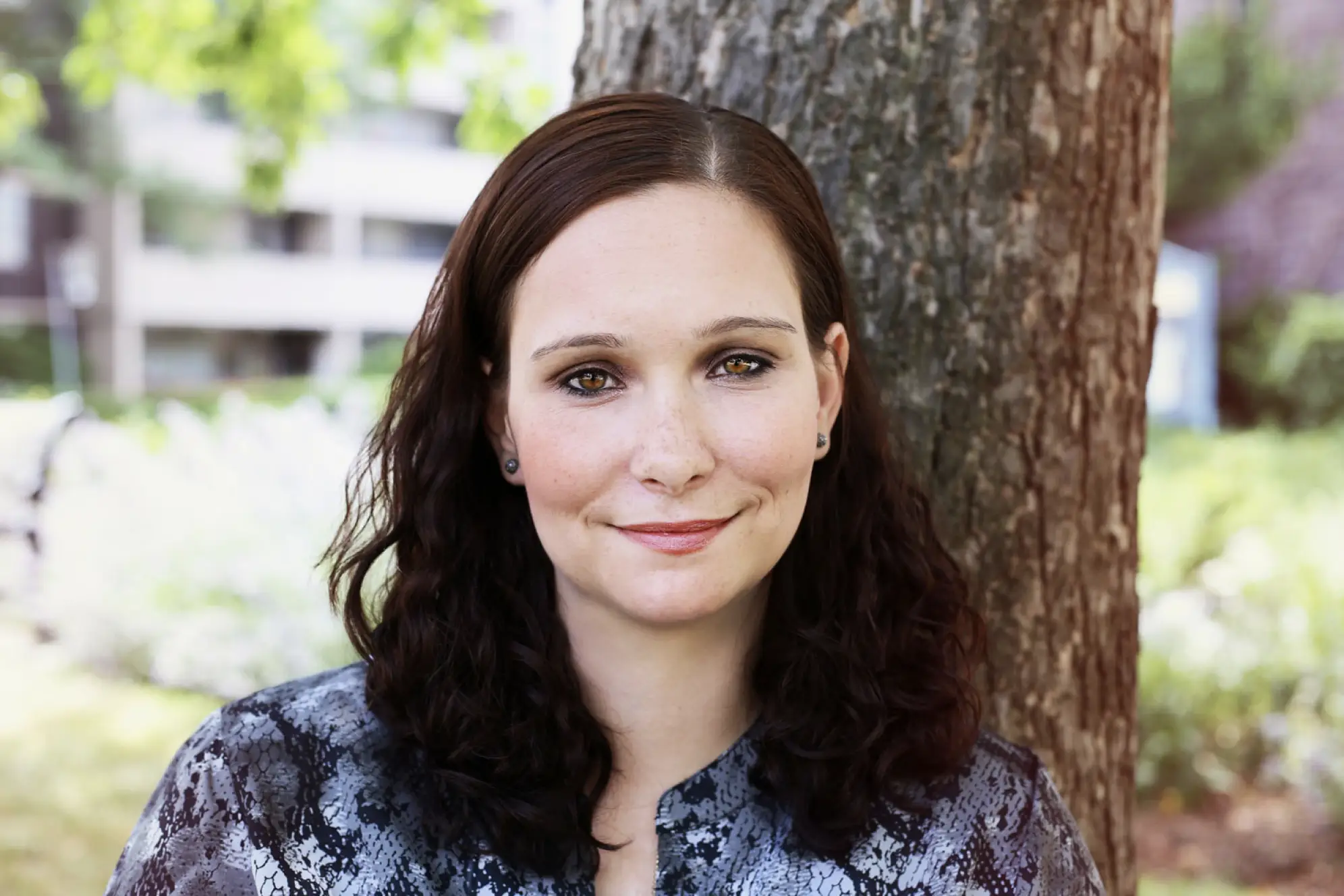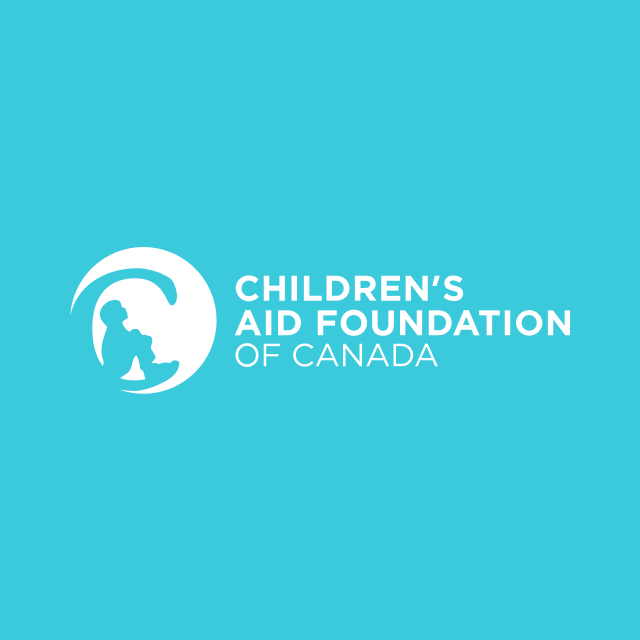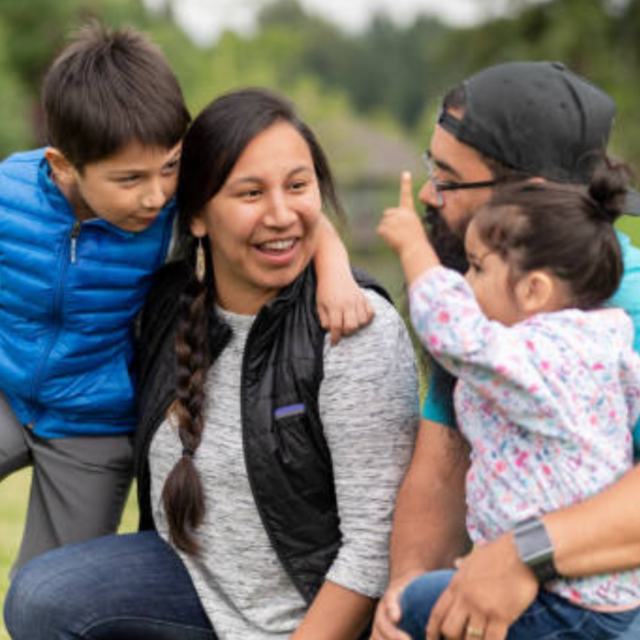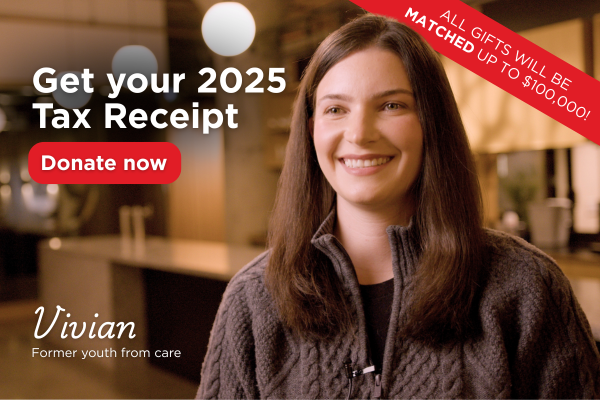Access to affordable housing is a major obstacle that faces young people who are transitioning out of care. Often just 18 or 19-years-old when they move to independence, many of these youth are also struggling to navigate post-secondary school along with the overwhelming tasks of managing limited finances and other necessities such as cooking and self-care.
CRYSTAL was just 16 when she transitioned to independent living. After years spent in the care system, struggling to find a stable, supportive environment, she left foster care and soon after moved-in with a boyfriend’s family. This environment proved to be just as unstable. When she finally moved into her own apartment, she was able to go back to school, earn her high school diploma, and obtain her first job.
Now pursuing a degree in Criminal Justice, CRYSTAL volunteers with vulnerable youth, including those in involved with correctional services, and is an advocate for child welfare. She hopes to use her own experiences as a Crown ward to support other young people — including those who are exiting care and trying to establish independence.
*The opinions and views expressed in this article are that of the youth in profile, and not necessarily reflective of the official opinion or position of the Children’s Aid Foundation.
That was a crazy transition; to not even be 16, with no high school education, no employment, no stability. I was essentially homeless, exiting the child welfare system. After I left, my mom passed away, and I really had nobody.
“Very shortly after I was born, my involvement started with the Children’s Aid Society. I came in and out of care several times between birth and age 11, and then I became a Crown ward and came into foster care permanently. My mother had some medical issues and mental health challenges, and my dad had a lot of substance abuse and mental health challenges.”
“I actually remember being 11, and going to court, and telling my appointed lawyer that I wanted to become a Crown ward, because it had been foster care-home-foster care-home. I remember the judge saying to me: ‘now you’ll have some permanency’. But, when I became a Crown ward, there was no permanency. I moved every couple months from group homes to foster homes, and that lasted until I was about 15 ½.”
“I was one of those kids who just decided ‘I’m not going to live here [in a foster or group home], and feel uncomfortable’, and I would just exit. I would jump on the subway and go to my aunt’s or mom’s house, or a friend’s house, until my social worker would come to get me. I wasn’t a child with behavioural issues, but because I would take-off so much, I would get placed in short-term assessment homes with lots of restrictions and not much privacy. At 16, I [basically decided I was no longer living in care], and that was my exit from the care system. I was put on semi-independence; I got my Continued Care and Support for Youth cheque, and was not invited to come back to a foster home or group home. That was a crazy transition; to not even be 16, with no high school education, no employment, no stability. I was essentially homeless, exiting the child welfare system. After I left, my mom passed away, and I really had nobody.”
“[My situation was] about being option-less; my fallback was child welfare, and when that support [stops], before you have an education or employment plan, the other option becomes homelessness and poverty. That is your fallback plan.”
“Pretty quickly, I started dating someone and moved-in with his family. It was a really unstable, abusive environment. It wasn’t until I moved out from their home, a couple years later, that I went back to high school and got my first real job. After moving-out, I was able to get subsidized housing and connect with the Pape Adolescent Resource Centre (PARC).”
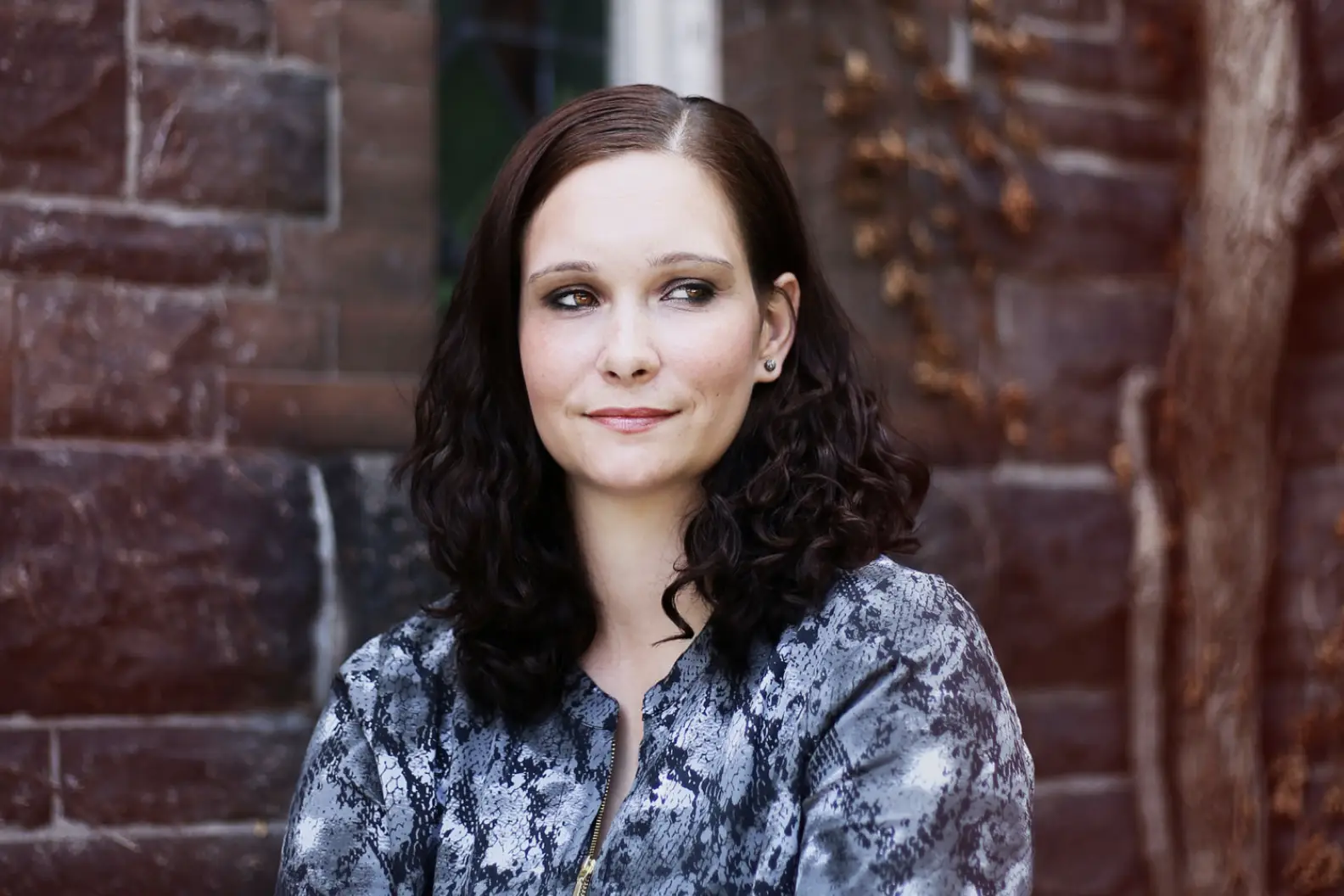
“I definitely didn’t really share that I lived in a foster home or group home with others. I think, even as an adult, identity is something that I struggle with. When you grow-up not knowing where you come from in the world, it’s really hard to form an identity. As an adult, I’m still learning and trying to figure out who I am. I recently did an ancestry DNA test to find out more about where I come from. I remember living in this group home, with this lovely woman who worked there. And, I remember chatting on the phone to someone, and they asked me what my background was, and I said to this woman ‘what’s my background?’ She said, ‘I don’t know’. And, I never identified to the person on the phone that I lived in a group home, so he thought she was my mom, and was like ‘how does she not know where you come from?’ I think a lot of young people in child welfare struggle with their identity and not really knowing who their parents are, and where they come from.”
“The care packages and kits with basic household items that youth leaving care now receive make the transition easier. If you’ve never had an apartment, you don’t know what to put in that apartment. PARC provides some exiting services, and the Foundation provides the kits, but I think just having a stable plan or checklist of things a young person needs – a stable job, an affordable apartment, a furnished apartment — needs to be met. So, we can say ‘OK, we’ve put this person in a sustainable position’. And if not, how can we make it better?”
“Leaving support networks can be really difficult for young people from care. Establishing new connections in the community can be a big challenge, too. Having people at PARC that I could call if I needed support made a huge difference. I couldn’t go back to my social worker, I couldn’t go back to group home staff, I don’t have a family – so having that outlet was great. I actually met my very best friend at PARC. We identify as sisters; our kids don’t know that we’re not actually related. We’ve known each other for that long — we’re family. We do Thanksgiving together, and go to holiday parties together. It’s so much easier having a friend that you don’t have to explain things to. I can call her and say: ‘have you applied for your bursary yet?’, and having that common experience and not having to explain things at Christmas, for example, she just gets it. It’s this unspoken understanding.”
“The silver lining of growing-up in care is the opportunities I’ve had, like attending the Joe Carter Classic and receiving a Joe Carter scholarship, acting as a member of the Young Person’s Advisory Council, and being able to attend the Teddy Bear Affair. I can reflect and say, after my hardships, there have been a lot of great opportunities to follow. If you can get through those hardships, what follows is truly limitless.”
Support young people like CRYSTAL in achieving their full potential.
